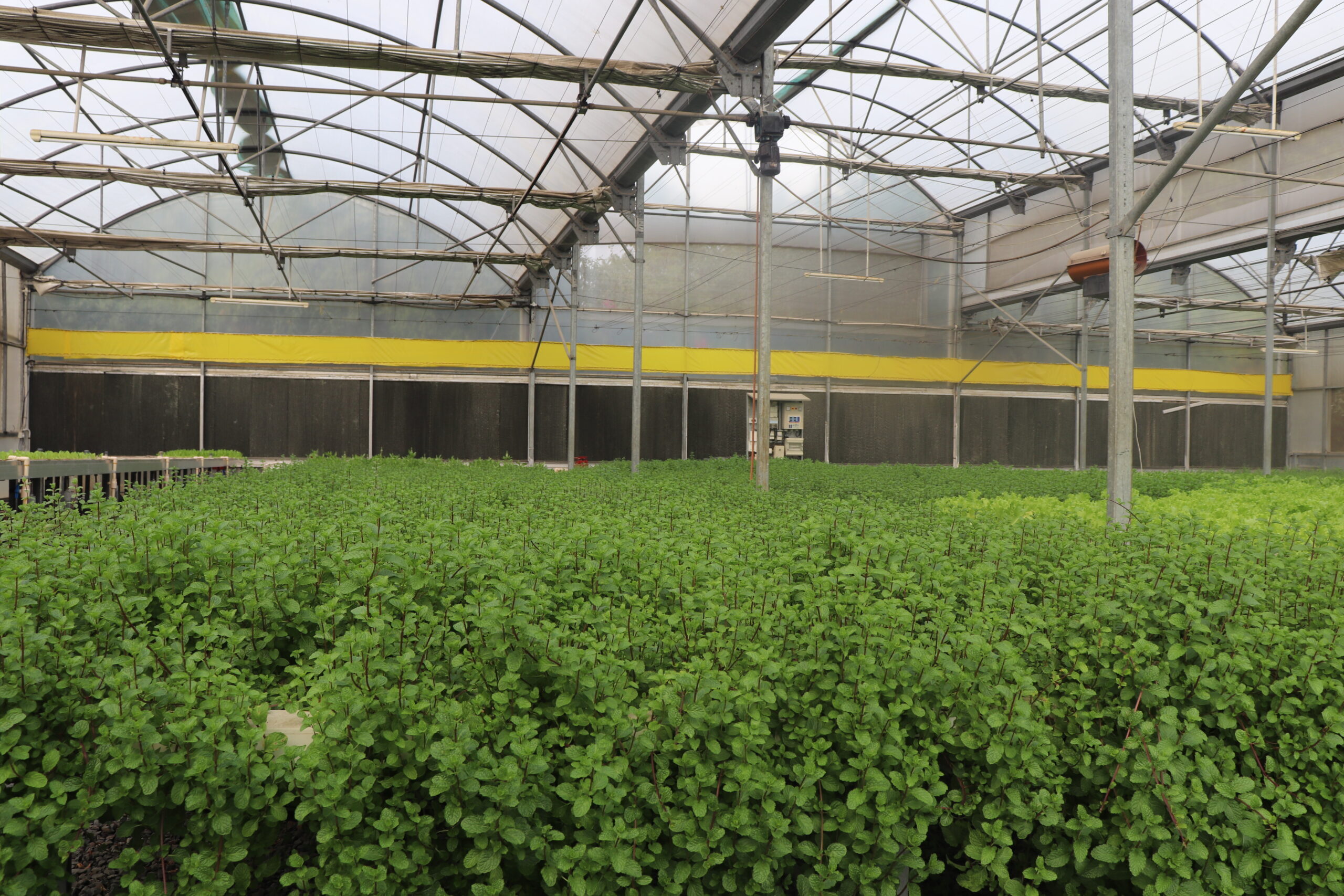Have you ever wondered why certain plants seem to thrive in one part of your garden but struggle in another, even though they are only a few steps apart? The secret lies in something most gardeners overlook that is microclimates. Every garden, no matter how big or small has its own tiny pockets of climate variation. Learning to identify these microclimates and use them to your advantage can completely change the way your garden grows.
What Are Microclimates?
A microclimate is simply a small area within your garden that has slightly different conditions than the surrounding space. These differences might be in temperature, humidity, sunlight exposure or wind protection. For example, the spot next to a brick wall might be warmer than an open area because the wall absorbs heat during the day and releases it at night. Or a shady corner under a tree is cooler and more humid compared to the sunny center of the lawn. These variations might seem small but for plants, they can make a big difference. Some plants love heat and dry soil, while others prefer cooler and moist conditions.
What Creates Microclimates in Gardens?
Several factors come together to create microclimates. Structures like walls, fences and buildings influence how heat and wind move around your garden. A south facing wall for instance gets the most sun and creates a warm, sheltered zone perfect for heat loving plants. Trees and shrubs provide shade and act as windbreaks creating cooler protected areas underneath. Water features like ponds or fountains add humidity which benefits certain plant species. Even the slope of your garden matters as low areas often collect cooler air and moisture while raised areas stay warmer and drier.
How to Identify Microclimates in Your Garden
The first step in using microclimates effectively is to observe your garden throughout the day and across different seasons. Notice where sunlight falls and for how long. Some spots might get full sun all day while others receive dappled shade or only a few hours of light. Pay attention to temperature variations as well ad you might find that certain corners stay warmer even after sunset. Check moisture levels as soil near a downspout or low lying area might remain damp whereas raised beds dry out quickly. Wind patterns also play a role as sheltered spots behind hedges or fences are less windy than open areas.
Taking notes or even creating a simple garden map with these observations will help you see patterns over time. This process can be surprisingly eye opening because you will realize just how diverse your garden really is.
Using Microclimates for Better Plant Growth
Once you know where your garden’s warm, cool, wet and dry spots are, you can choose plants that naturally thrive in those conditions. For example, heat loving herbs like rosemary and thyme will flourish near a sunny wall, while leafy greens like lettuce prefer the cooler, shaded areas. You can plant moisture loving species like ferns near a pond or damp corner and drought-tolerant succulents in well drained, sunny spots.
Conclusion
Microclimates remind us that no two spots in a garden are exactly the same. By paying attention to these subtle differences, you can work with nature instead of against it by placing plants where they will naturally thrive. This not only improves plant health and yield but also makes gardening easier and more sustainable.
Comments are closed.



